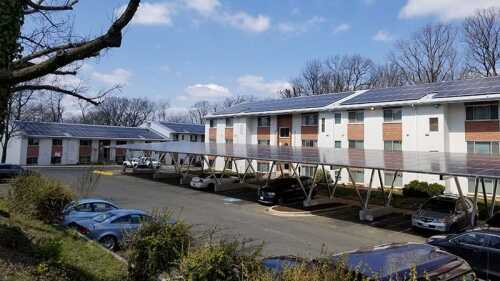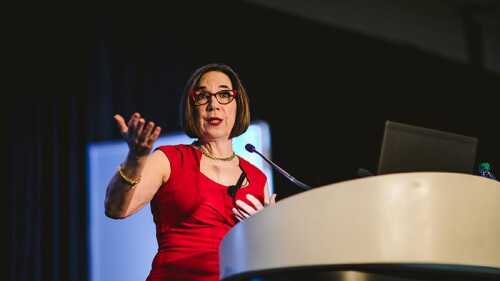Capital Markets and Finance
The ULI/Allen Matkins Capital Markets Roundtable, now in its fifth year, brings together investors, developers, lenders, managers, and intermediaries at the ULI Fall Meeting to share insights and perspectives on the current and future outlook for real estate capital markets. Panelists discussed what is working for their firms.
After several years of steady growth, Asia Pacific real estate continues to produce strong returns, but caution is increasingly embedded into investor strategies, according to Emerging Trends in Real Estate ® Asia Pacific 2020, an annual real estate forecast jointly published by ULI and PwC. Singapore, Tokyo, Sydney, and Melbourne are ranked as four of the top five markets for investment prospects, reflecting investor preference for regional markets that are large, liquid, and defensive.
Despite record amounts of capital seeking deals, market nuances must be navigated.
Pragmatism and caution have defined China’s 40 years of economic reform, and this steady progress is set to continue, said Shui On Group chairman Vincent Lo speaking at the 2019 ULI Asia Pacific Summit. Lo—who has been investing in China real estate for more than 30 years—said that the nation’s approach can be summed up by the aphorism “cross the river by feeling the stones.”
Asset prices in Japan have risen strongly in recent years, fueled by influences including cheap and abundant capital, positive yield spreads, slow but steady economic growth, and a resurgent tourism sector that has proved to be a boon for local retailers. And, not least, positive sentiment around the 2020 Summer Olympics has been a factor, with many investors believing the market will remain buoyant until after the Games are finished. Recently, however, perceptions have shifted, with a growing body of opinion gravitating towards the view that a correction may occur well before summer 2020.
ULI research highlights continued demand for property as investors try to balance their appetite for yield amid potential market risks.
The U.S. economy is weeks away from celebrating the start of its record-breaking 11th year of economic expansion, and the latest ULI Real Estate Economic Forecast is pointing to an even longer run that could extend through 2021, as discussed on a webinar hosted by ULI.
Despite stock and bond market volatility in late 2018 and increasing global trade and growth concerns, the April 2019 “ULI Real Estate Economic Forecast” was surprisingly consistent with the previous forecast, released in October 2018. Overall, expectations for 2019 and 2020 are flat to up, while the newly introduced forecast for 2021 calls for slower growth and returns. Moderating growth in gross domestic product (GDP) and jobs for 2019 to 2021 should lead to slower but still positive real estate demand and absorption. Expectations for the real estate market are modest, and the sector is relatively well prepared for slower economic growth, if it occurs.
This 44-unit residential rehab, financed by three mission-driven lenders, preserved workforce/affordable homes and reduced neighborhood crime—and meets nearly all its annual electric demand with on-site solar power.
The U.S. economy continues to perform strongly nearly a decade into the current recovery and China appears to be bouncing back from a slowdown, but weakness in Europe is a cause for concern, a prominent business journalist told an audience at the ULI Spring Meeting in Nashville. The U.S. GDP growth trend is still solid, said Kathleen Hays, global economics and policy editor for Bloomberg Television and Bloomberg Radio, who has covered the U.S. economy and the Federal Reserve for more than 30 years. “The bottom line is the economy is still growing and it’s still creating jobs,” Hays said.






